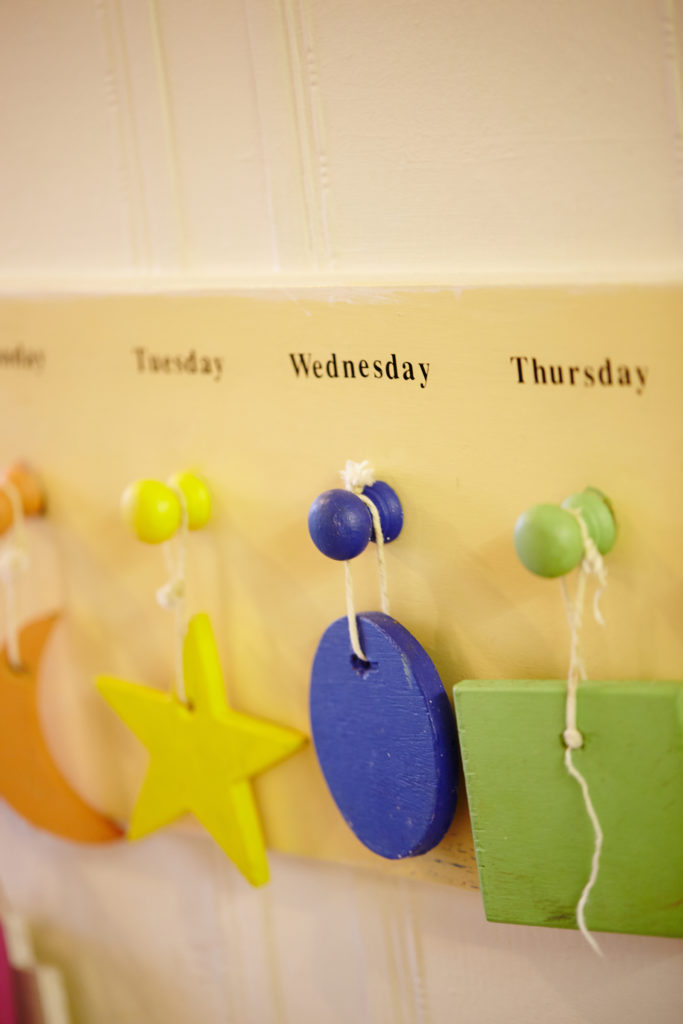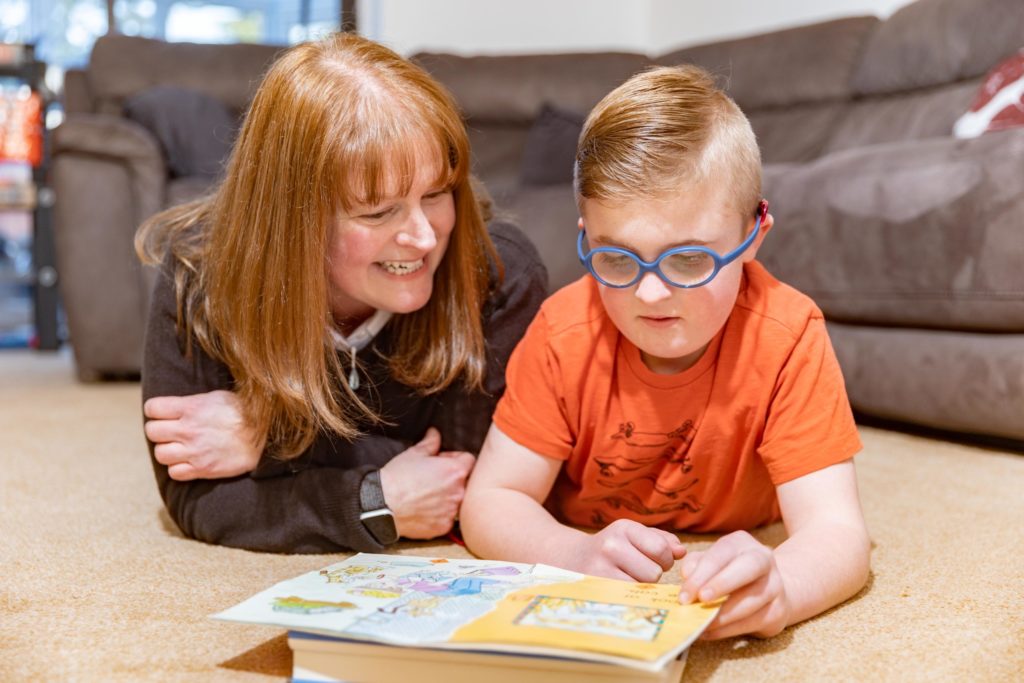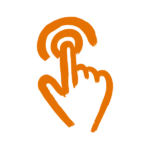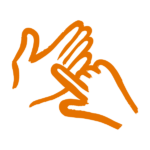Objects of reference
Learn what objects of reference are, who uses them, how they help to communicate and how to get started.
What are objects of reference?

An object of reference is a whole physical object, or part of an object, that you hold or touch to represent or identify:
- A person.
- An object.
- A place.
- An activity.
- An idea.
Examples
A person
- A scarf = a friend.
- A keyring = a support worker.
- A perfume spray = a parent or family member.
- A bracelet = you.
How Sense can help
We offer free and impartial information about living with complex disabilities, including deafblindness.
We also offer services all over the UK, including day services, community support and residential care. Talk to our team to find out more.
Get in touch by phone, email, post or through a BSL interpreter.
An object
- A cup = a drink.
- A seat buckle = a car.
A place
- A particular towel or a piece of one = the bathroom.
- A small rubber ring = school.
An activity
- A pair of goggles or a swimsuit = going swimming.
- A toilet roll = loo time.
- A sponge = bath time.
- A flannel = a shower.
An idea
- A small, wooden circle = something has finished.
- A shape = a day of the week (with a different shape for each day).
Stay in touch

Get updates about our vital work, including volunteering, making a donation or supporting Sense campaigns.
Who uses objects of reference?
You can use objects of reference to communicate, if you have complex disabilities and find it hard to use speech, written words, signing, or photographs and symbols.
Objects of reference could be helpful if you have one or more of the following:
- Sight loss.
- Hearing loss.
- Multi-sensory impairment.
- Autism spectrum disorder.
- Learning disabilities.
- Short- or long-term memory difficulties.
Objects of reference are also helpful for parents, family members, friends, therapists and school and support staff communicating with people with complex disabilities.
Sometimes, depending on your disabilities, when you know how to use objects of reference, you might be able to move on to signing, or photographs and symbols.
“We regularly supported a lady to go to the swimming pool and we used her personal symbol on her locker door. This meant that after swimming she could trail her hand along the lockers to find her own belongings. It just gave her a little more independence.”
Jo Stokes, Quality and Practice Manager, Sense
How do objects of reference help to communicate?
Objects of reference help you to:
- Make your own choices.
- Understand more of what people are saying.
- Ask someone to start an activity.
- Ask someone to end an activity.
- Ask for something you want.
- Ask to do something or go somewhere.
- Understand the different things planned for your day and when they’ll happen.
Before you read on…
- You can communicate using a mix of different ways. (We all do!)
- At Sense, we use whatever combination of speech, touch, sign or visual language works best.
- It’s never too late to start.
- Have a go and don’t worry about getting it wrong.
How can I start to use objects of reference?
You learn to use objects of reference much as you learn to use spoken words – you always use the same objects to mean the same things.
Over time, a connection develops between an object and what it means.
It’s good to start with a few objects for activities that happen often or for people you see all the time, such as family members.
Regular repetition with a few objects makes it easier to make the connection between the object and its meaning.
It also makes it easier to get the whole idea of connecting meaning to objects.
Objects of reference top tips
If you have complex disabilities and use objects of reference, the objects need to be:
- Personal to you.
- Used to mean the same thing every time.
- Presented in the same way every time.
- Presented before an event or activity.
- Used every time you’re going to do something you know about, meet someone you know or go somewhere you know.
- Kept near you during the event, activity or meeting.
If you use objects of reference to communicate with someone with complex disabilities, the objects need to be:
- Personal to the person you’re communicating with.
- Used to mean the same thing every time.
- Presented in the same way every time.
- Presented before an event or activity.
- Used every time the person is going to do something they know about, meet someone they know or go somewhere they know.
- Kept near them during the event, activity or meeting.
Also:
- Try to spend time observing closely how they do something, or what they do when they meet someone.
- Use all your senses to learn how they experience someone or something. This can help you to identify objects of reference that have meaning for them.
“Tilly uses objects of reference to request a nursery rhyme at the end of a virtual pre-school group. She looks carefully in her bag of objects of reference but always chooses The Wheels on the Bus!”
Sarah Turpin, Senior MSI Practitioner, Sense
Types of communication
These are the main ways of communicating that we use:
-

Using touch
- Braille uses raised dots to touch.
- Deafblind Manual spells words on to your hand.
- Block alphabet spells letters on to your hand.
- Moon uses raised lines, curves and dots to touch.
- Tadoma uses lipreading by touch.
- Hand-under-hand signing using touch.
-

Using signs
- Sign language.
- Makaton, a simpler version of sign language.
- Visual frame signing for people with reduced vision.
-

Using speech
-

Also
- Non-formal communication without speaking, writing or signing.
- Intensive interaction treating everything as communication.
This content was last reviewed in April 2023. We’ll review it again in 2025.
